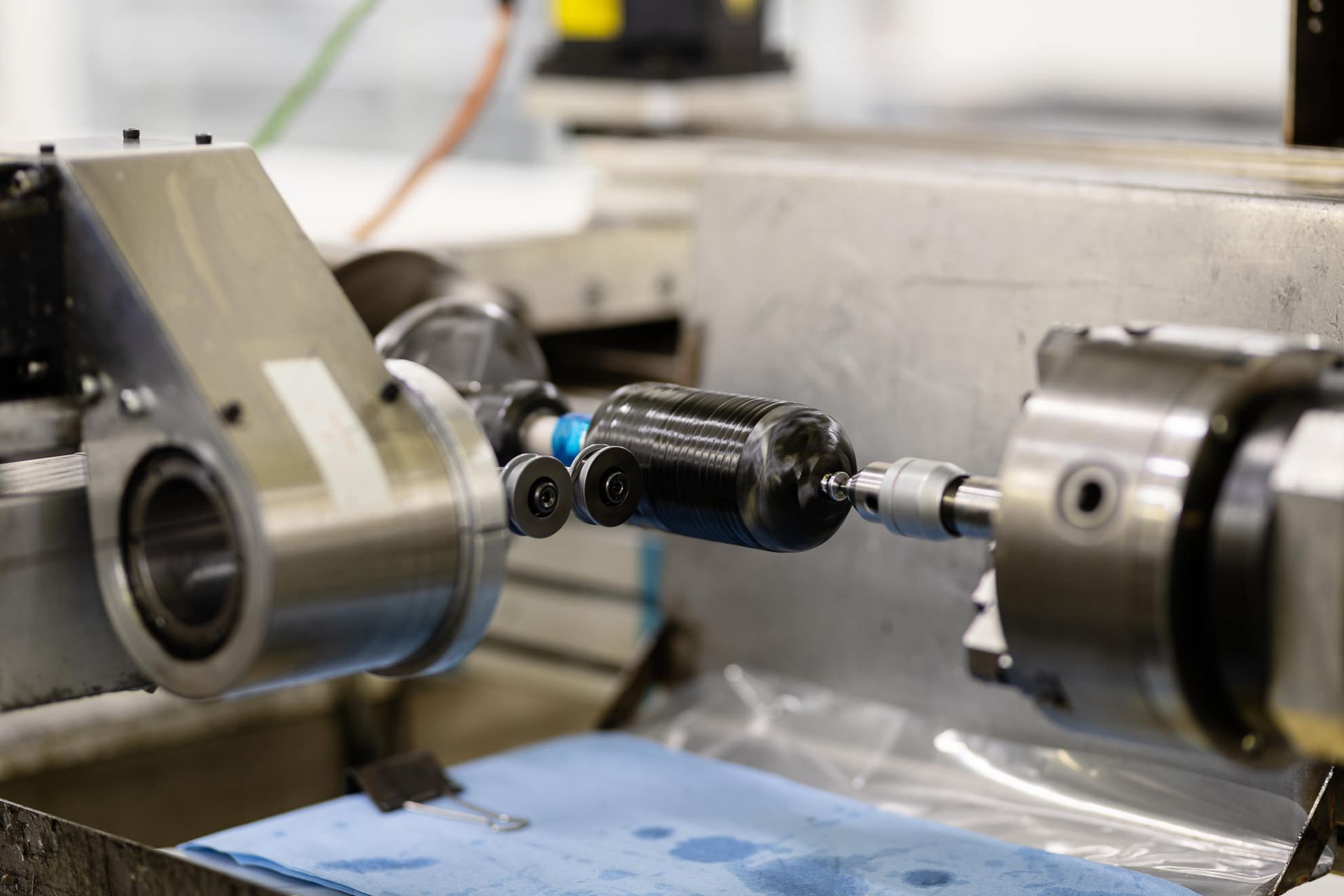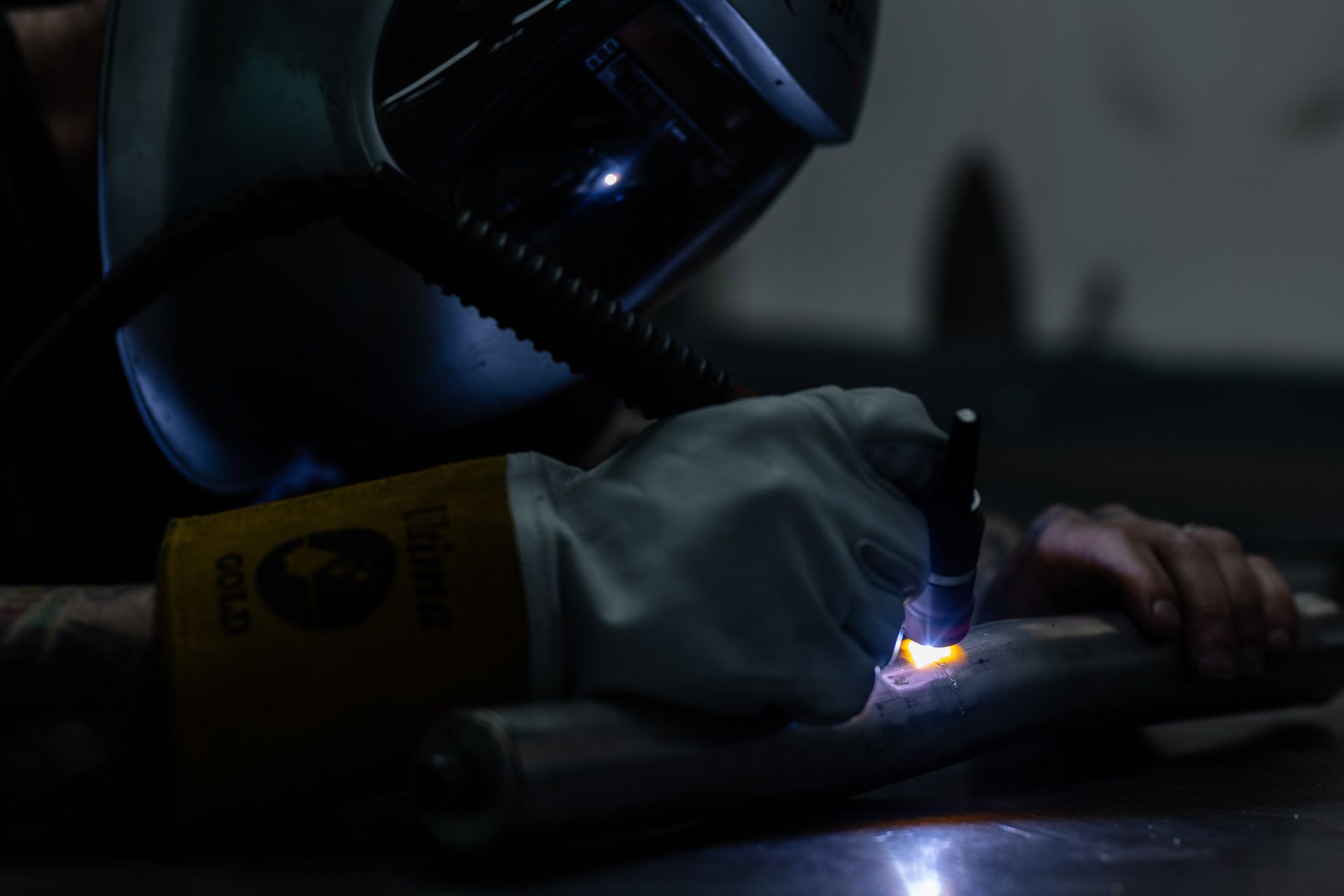How moulded composite products are made
A comprehensive guide to developing high-performance composite products.
One of the key areas of expertise we have here at Polar Technology is in the development of moulded composite products. We have utilised this method to create a wide spectrum of composite structures and components, including class-A surface components for hyper cars, the bike frames for Team GB at the 2016 Rio Olympics and bladed fans for aerospace propellers.
So, how does the process of creating moulded products work? We’ve leaned on the experience of our specialist team to create a comprehensive guide, taking you through each stage, to understand how we develop high-performance products from raw composite materials.
What materials do we use?
Going right back to the start means looking at the composite material itself, and the most common material we use is carbon fibre. To create carbon fibre, strands of material are heated to high temperatures and exposed to various chemicals. Next, they are woven into normal fabric, just like in the textile industry.
After it’s been woven, it goes through an impregnation process where a special kind of resin is added, which gives the carbon fibre a particular weight, this resin can be partially cured or “B-staged” to form the resin impregnated material commonly known as pre-preg. These rolls of material are then stored in freezers, ready to be defrosted whenever we need them.
Step 1- Cutting
As required, the rolls of carbon fibre pre-preg will be defrosted overnight and then the next day, they will be cut into kit form. Using our CNC machining centres, we can create clean and precise patterns without any damage or distortion to the material. Once cut, they will be given to one of our skilled laminators.
Step 2- Laminating
Each of our laminators will follow an exact drawing or lay-up manual when producing a component. Using specialist hand tools, they will place the pre-cut forms or cut the material to match the specifications and then arrange it within a designated mould. The component is made up of lots of different layers of the carbon fibre pre-preg, for maximum structural integrity.
Step 3- Vacuum Bags
Once the laminating is finished, the component will be covered in a release film and then a breather cloth before being placed inside a vacuum bag.
The release film ensures the carbon fibre doesn’t stick to the breather cloth, whilst the breather allows the air to be extracted from the laminate and the vacuum bag.
Step 4- Curing
Once the component has been in the vacuum bag, it is ready to be cured in one of our autoclaves. Our autoclaves have a maximum pressure of 150 PS and a maximum temperature of 200 degrees Celsius.
Over a period of time, the pressure of the autoclave will compress the component (which is still inside the vacuum bag) and that consolidates the multiple layers of carbon fibre.
Step 5- Demoulding and Quality Control
From the autoclaves, the component will be returned to the laminator to be removed from its mould. Our quality inspector will then check the component against the required dimensions, to ensure it is compliant, before it goes through any finishing processes.
Step 6- Trimming
Next, the component will be finely trimmed, which means that any excess material will be removed, and its surfaces will be smoothed.
At this point in the process, there are two options available: the component will either be trimmed by hand in our trim shop or will go to one of our machining centres for a more precise finish.
Step 7- Machining
The reasons we utilise machining is because some parts require greater precision, which only our CNC machines can deliver. We use vacuum fixtures, which holds the component in a free-form position, and then we machine any holes, shapes or patterns that the design requires.
Step 8- Assembly
The component is then ready to go to assembly. We offer our customers mechanical and electrical assembly, as well as full supply chain management and lineside and kanban delivery.
That means that it leaves our site as an entirely finished product and goes straight to our customers, ready for immediate integration into their own technologies.
Step 9- Paint Shop
Some of our customers prefer a high-spec finish to their components, which is where our specialist, in-house paint shop comes in. We can apply lots of different kind of finishes, including coloured, clear coat and satin. This enhances the aesthetics of the component and ensures it comes out looking as impressive as possible!
And there you have it, an overview of how we produce composite products, using autoclave cure, pre-preg moulding techniques. If you want to find out more about our composite capabilities, click here: Capabilities (lentuscomposites.co.uk)
Or, if you want some advice or support on your moulded composite requirements, click here to speak to a member of our team: Contact (polartechnology.co.uk)








